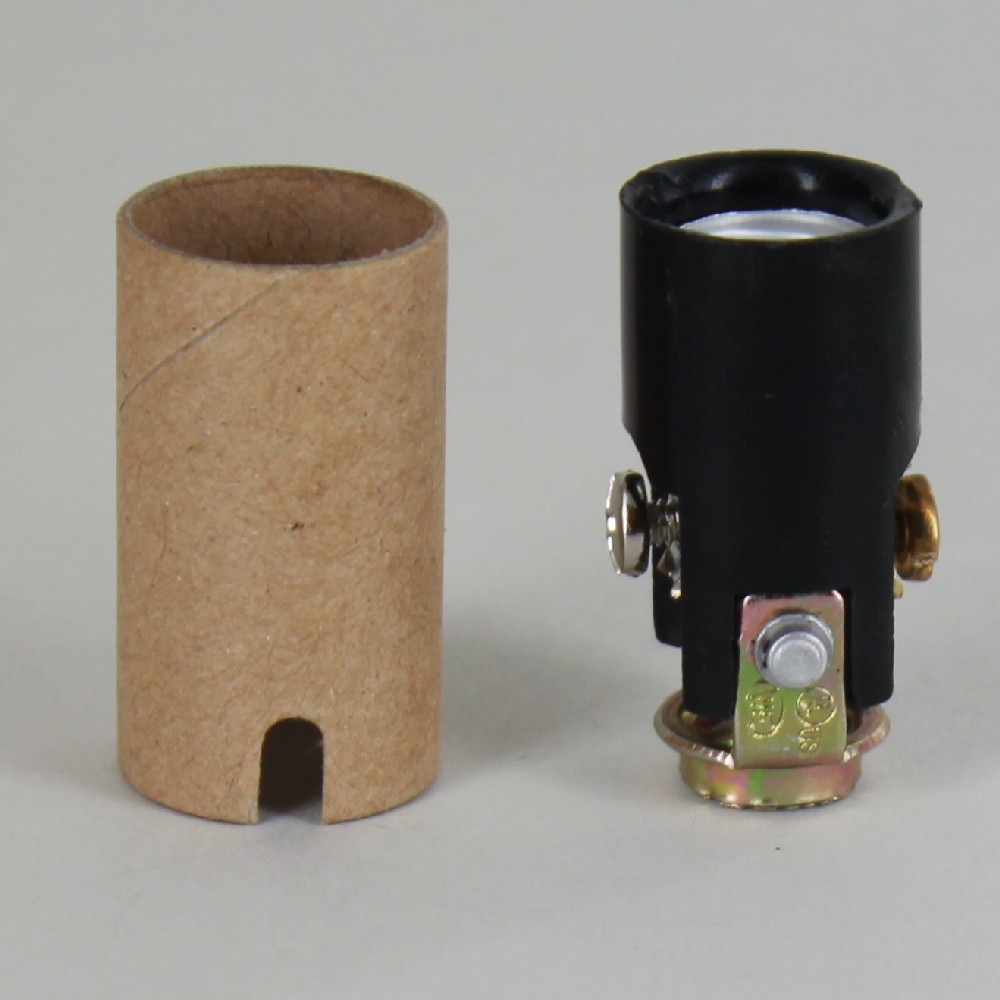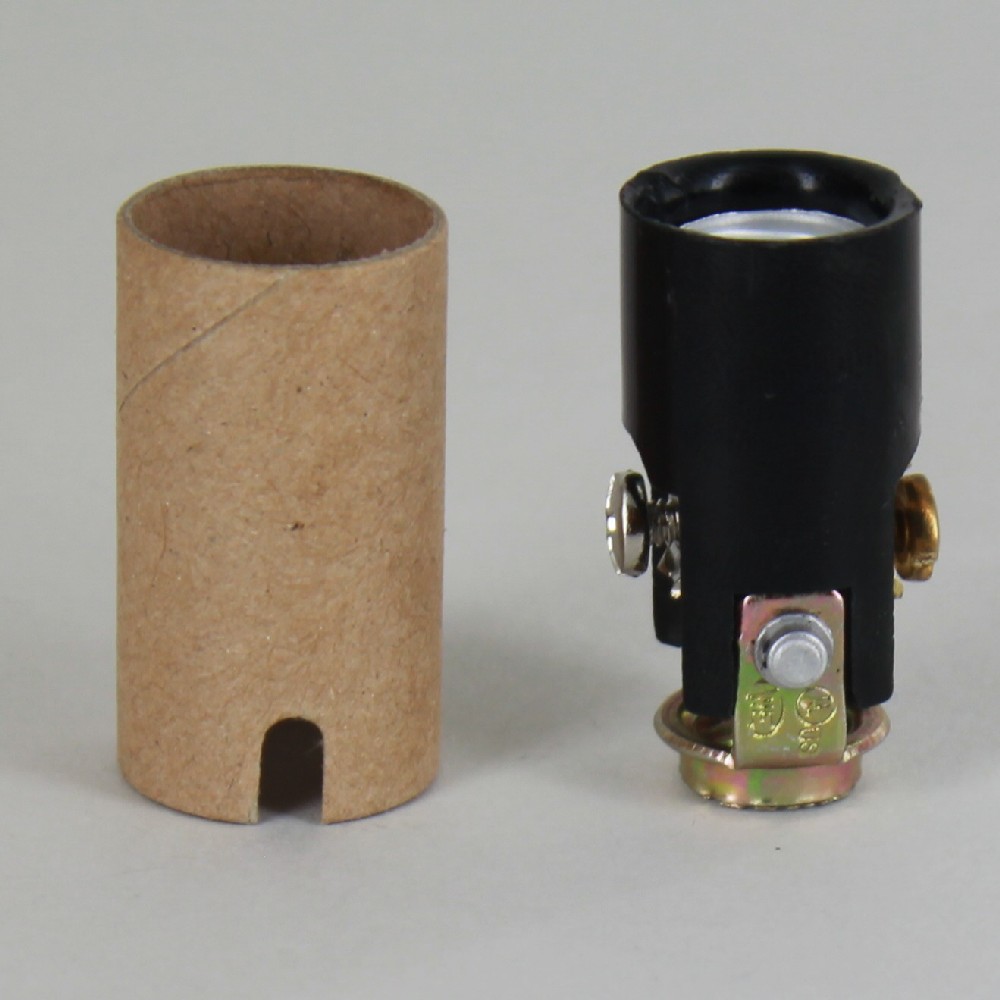Answer
Mar 04, 2024 - 06:32 AM
Typically, a standard electrical socket doesn't directly control dimming functions. Dimming functionality is usually associated with dimmer switches or dimmer modules that are installed in electrical circuits to control the brightness of lighting fixtures.
LED dimming can be more complex compared to dimming traditional incandescent or halogen lights for several reasons:
Compatibility: LED bulbs and fixtures vary widely in their dimming compatibility. Some LEDs are not designed to be dimmed, while others may require specific dimmer switches or compatible drivers to function properly.
Driver Design: LEDs require drivers to regulate the current and voltage supplied to them. These drivers can vary in quality and design, affecting how smoothly the LED dims and how compatible it is with dimmer switches.
Dimmer Compatibility: Traditional dimmer switches are designed for incandescent or halogen lights, which have different electrical characteristics compared to LEDs. Using a standard dimmer switch with LEDs can result in flickering, buzzing, or limited dimming range.
Dimming Range: Achieving a smooth dimming experience throughout the entire range of brightness can be challenging with LEDs. Some LED bulbs may not dim as low as incandescent bulbs, and the dimming curve (how quickly the light dims as the voltage decreases) may differ.
Technological Challenges: LEDs operate differently from traditional light sources, and dimming them requires more advanced control techniques. Pulse-width modulation (PWM) and phase-cut dimming are common methods used to dim LEDs, but they require precise control to avoid flickering or other issues.
Heat Dissipation: LED dimming can affect heat dissipation within the bulb or fixture. Dimming LEDs can reduce their efficiency and increase heat buildup, which may require additional thermal management to prevent damage to the LEDs.
Overall, LED dimming requires careful consideration of compatibility between the LED bulb, dimmer switch, and any associated drivers or control systems to achieve optimal performance.
LED dimming can be more complex compared to dimming traditional incandescent or halogen lights for several reasons:
Compatibility: LED bulbs and fixtures vary widely in their dimming compatibility. Some LEDs are not designed to be dimmed, while others may require specific dimmer switches or compatible drivers to function properly.
Driver Design: LEDs require drivers to regulate the current and voltage supplied to them. These drivers can vary in quality and design, affecting how smoothly the LED dims and how compatible it is with dimmer switches.
Dimmer Compatibility: Traditional dimmer switches are designed for incandescent or halogen lights, which have different electrical characteristics compared to LEDs. Using a standard dimmer switch with LEDs can result in flickering, buzzing, or limited dimming range.
Dimming Range: Achieving a smooth dimming experience throughout the entire range of brightness can be challenging with LEDs. Some LED bulbs may not dim as low as incandescent bulbs, and the dimming curve (how quickly the light dims as the voltage decreases) may differ.
Technological Challenges: LEDs operate differently from traditional light sources, and dimming them requires more advanced control techniques. Pulse-width modulation (PWM) and phase-cut dimming are common methods used to dim LEDs, but they require precise control to avoid flickering or other issues.
Heat Dissipation: LED dimming can affect heat dissipation within the bulb or fixture. Dimming LEDs can reduce their efficiency and increase heat buildup, which may require additional thermal management to prevent damage to the LEDs.
Overall, LED dimming requires careful consideration of compatibility between the LED bulb, dimmer switch, and any associated drivers or control systems to achieve optimal performance.
 Grand Brass Lamp Parts, LLC
Grand Brass Lamp Parts, LLC

